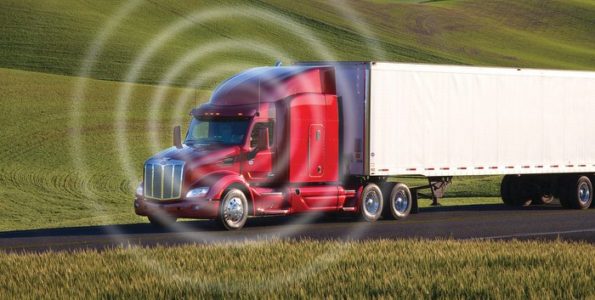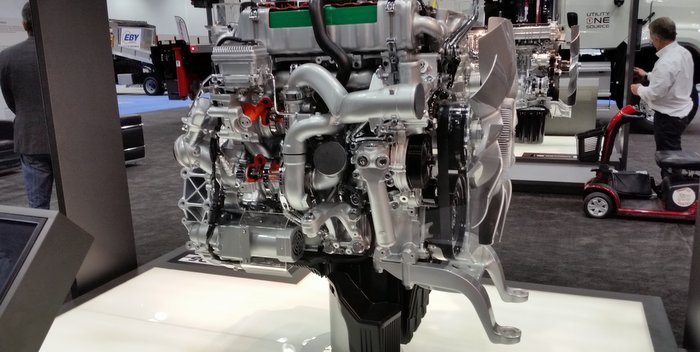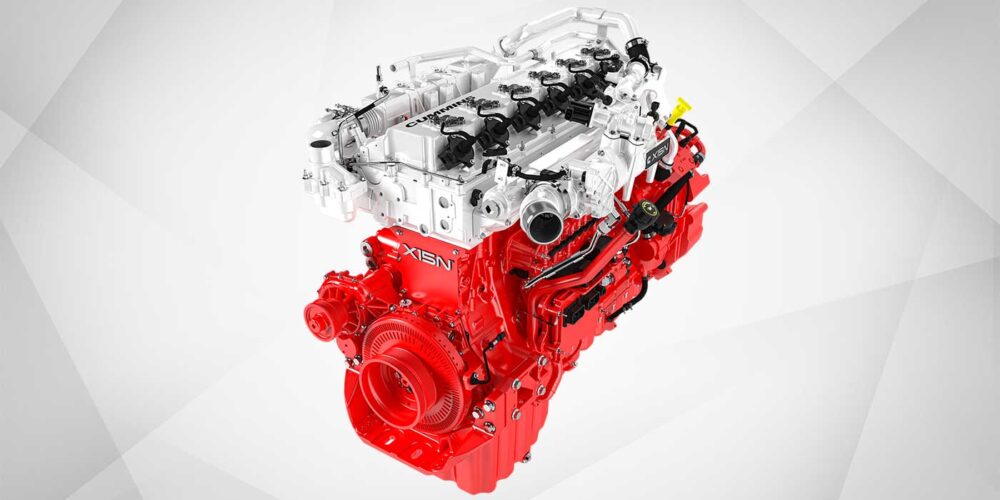 Over the last couple of decades, commercial truck engines have undergone significant changes to adapt to the demands of fleets and of government mandates. Engine manufacturers worked to reach EPA 2016 and Greenhouse Gas (GHG) 2017 requirements, which included onboard diagnostics requirements with enhanced monitors to ensure that exhaust tailpipe emissions stay within EPA limits.
Over the last couple of decades, commercial truck engines have undergone significant changes to adapt to the demands of fleets and of government mandates. Engine manufacturers worked to reach EPA 2016 and Greenhouse Gas (GHG) 2017 requirements, which included onboard diagnostics requirements with enhanced monitors to ensure that exhaust tailpipe emissions stay within EPA limits.
Along the way, these enhancements evolved with the addition of some fairly sophisticated onboard technologies, which not only control emissions, but also improve fuel economy, monitor engine and driver performance and provide a level of communication and information that helps fleets manage costs.
Vocational offerings
Chris Moran, MDEG program manager for Daimler Trucks North America (DTNA), talks about the features and benefits of the new Detroit DD5 and DD8 engines and how are those matched to their vocational applications. “The DD5 leverages many of the same design concepts and global powertrain expertise that has made the DD13, DD15 and DD16 such a huge success,” he says. “It starts with a deep rib block design that contributes to keep both weight and noise to a minimum. Top load oil and fuel filter cartridges provide for ease of maintenance while the overall design considerations push service intervals out to 45,000 miles. Impressive durability is achieved through precise cylinder roundness and piston design reducing oil consumption and friction.”
“The medium-duty segment includes very broad applications ranging from pickup-and-delivery to refuse and fire and rescue,” points out Carl Webb, vice president and general manager of the medium-duty truck line for Navistar Inc. “Each segment’s unique operation requires different powertrain capabilities. International offers a comprehensive portfolio of proven industry leading engines ranging from 6 to 9 liters, with a broad range of horsepower and torque ratings. DuraStar is available with Cummins ISB6.7 with a maximum horsepower rating up to 325 HP, Cummins ISL9 with a maximum horsepower rating up to 350 HP and Navistar N9 with maximum horsepower up to 330. All engines have been extensively tested and proven to deliver power, efficiency and uptime.”
“The B6.7 is a workhorse in the medium duty market, based on 32-plus years of experience and over 12 million produced globally,” says Grant Russo, engine business marketing communications manager at Cummins. “This maturity means stable architecture, which translates to unrivaled reliability across a wide range of applications and duty cycles in the medium duty truck market. The L9 is also a proven engine in some of the most demanding duty cycles out there—many times taking the place of heavy-duty products. Both the 2017 B6.7 and L9 feature proven technology like our VGT turbo for fuel economy and exceptional transient response, NanoNet filtration for superior protection, and the new Single Module Aftertreatment system for maximum weight savings and efficiency.”
“The B6.7 really hits its stride in stop and go duty cycles: pickup and delivery, beverage, etc., where the 2017 engine will see up to 7% better fuel economy than previous models,” Russo continues. “Plus, it is now stop/start capable for further MPG gains in stop-and-go applications where the engine can shut down at stops without affecting any necessary accessories, resuming power the instant the foot is taken off the brake.
“The L9 shares some heavy-duty features with our X15 and ISX12 engines to ensure maximum reliability and durability in demanding applications: XPI fuel system, targeted piston cooling and heavy-duty roller tappets,” he says. “In 2017, there is a new 350-HP/1150 lb.-ft. rating that offers a wider torque band that pairs especially well with automatic transmissions in vocational trucks.
“We also have the V5.0, 5 liter V8 diesel engine that offers diesel performance in a package that fits wherever V8 or V10 gasoline engines would typically fit—they are ideally suited for step-up vans,” Russo adds. “A 5 liter V8 turbodiesel is found in the new Nissan Titan pickup truck.” In addition, to the diesel medium-duty offerings, Cummins Westport has two natural gas engines: the ISB6.7 G and ISL G, capable of running on either CNG or LNG. These engines are spark-ignited, utilizing a stoichiometric combustion process that requires a minimal aftertreatment system: the maintenance-free three-way catalyst.
Remote diagnostics
On-vehicle remote diagnostics continues to evolve and amaze. Fleets have access to detailed engine information that improves repair time and helps shorten downtime.
Daimler’s Moran notes that in 2011, DTNA introduced the Detroit Connect Virtual Technician remote diagnostic system for the Detroit heavy-duty engine platform, which he says provides a technical snapshot of a vehicle’s performance before, during and after an engine or aftertreatment system fault event.
“Virtual Technician provides the fleet an immediate preliminary diagnosis and categorization of the fault event,” he says. “If the event is classified as severe, the Detroit Customer Support Center provides expert analysis and recommendations, as well as directions to nearby service locations with available parts, giving drivers and fleet managers real-time information with which to make important service decisions.”
By receiving immediate diagnosis, categorization, analysis and recommendation for resolution of the fault event from Detroit’s experts, fleet managers can make service decisions that minimize downtime and save money by keeping trucks on the job for non-urgent issues.
“This level of connectivity improves uptime by servicing vehicles only when needed and minimizes time in the repair shop by reducing the diagnostic time,” Moran adds. “For the past five years, Virtual
Technician has helped improve uptime for on-highway and heavy vocational fleets alike. With its introduction on the new DD5 engine, Virtual Technician’s reach is now expanded into medium-duty markets such as pick-up and delivery and beverage distribution.”













